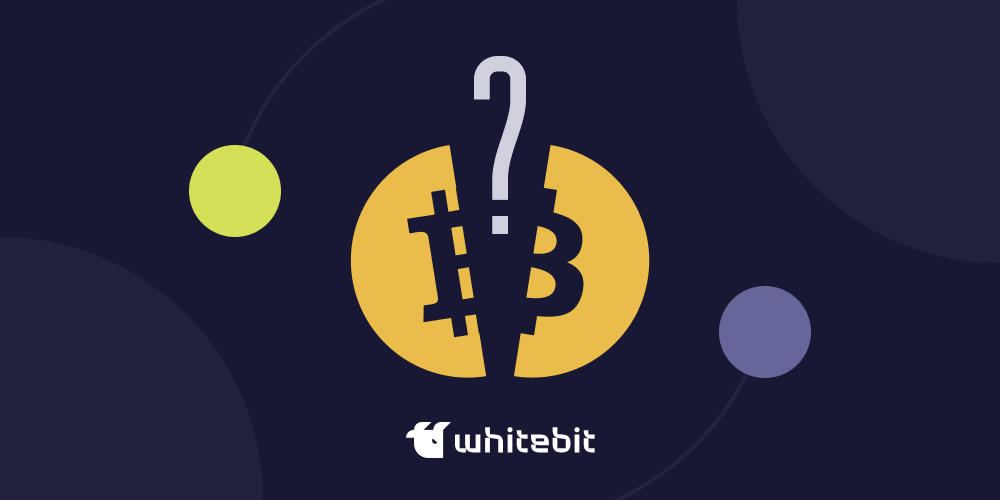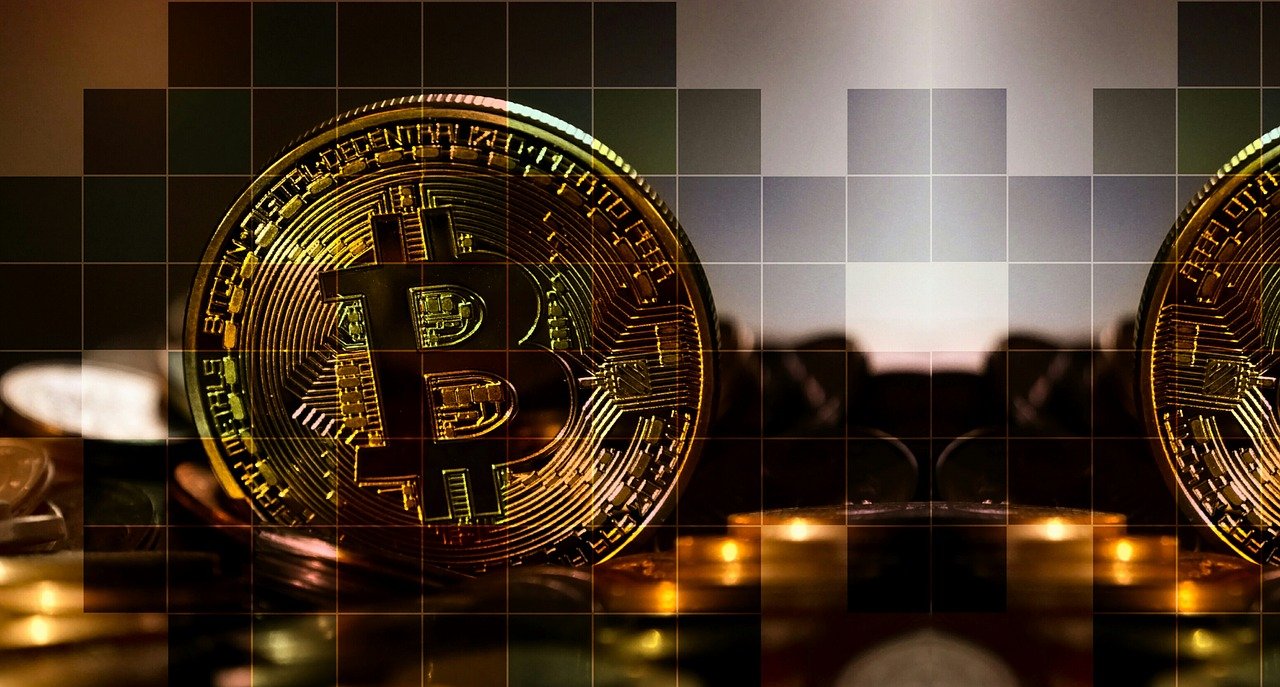Last Updated on: 22nd November 2023, 03:01 am
Bitcoin is the first decentralized cryptocurrency based on blockchain technology. Today, Bitcoin is rightfully considered one of the most critical components of the entire cryptocurrency market.
Any changes in the cryptocurrency price affect the value of other cryptos in one way or another. Changes in the Bitcoin blockchain also affect other cryptos. One of the most critical events in the Bitcoin blockchain is called halving. It is when the mining reward is halved, reducing inflation and pushing the price up.
What is the Bitcoin network?
To understand what Bitcoin halving is, you need to understand the Bitcoin network.
The Bitcoin blockchain consists of a network of computers (nodes) that run the Bitcoin software and contain a complete or partial history of Bitcoin transactions. The node does several tests to ensure the parameters are accurate to validate the legitimacy of a transaction. At the same time, each transaction is confirmed separately only after all transactions in the block are approved. Once verified, the transaction is added to the blockchain and transmitted to other nodes.
Anyone with enough memory to download the blockchain and transaction history can participate in the Bitcoin network, but it does not automatically make you a miner.
What is Bitcoin mining?
Bitcoin mining is a process in which people use their computing power to act as a processor and validators of transactions in the Bitcoin blockchain.
The Bitcoin blockchain uses the Proof of Work (PoW) consensus. To create a new network block, a miner must mathematically calculate the block’s hash. It is done with powerful devices that go through thousands of answers every second.
To receive a reward, bitcoin miners need to prove that they made an effort to process transactions (including the time and energy spent on solving mathematical problems). As a result, these transactions are added to the block, creating a chain of blocks that forms the blockchain.
Miners are rewarded in bitcoins after the transactions they confirm form a block. The higher the amount of the transaction, the more confirmations are needed.
Bitcoin halving and its effects
It is worth mentioning that halving is an expected and completely controllable event. The halving occurs every 210,000 blocks or approximately every four years, and, as a result, the rewards are halved. Imagine that the amount of gold mined is halved every four years. If the cost of gold is formed because of its deficit, the lower production rates will theoretically increase the price.
The system will operate until approximately 2140 until it reaches the established limit of 21 million coins. After that, the reward will be paid to miners for processing transactions on the network. It guarantees that the interest of miners in maintaining the network will remain the same.
The previous halving has correlated with significant changes in the price of bitcoin. For example, the first one was in 2012 and triggered a price jump from 12 to 1207 USD by 11/28/2013. After the last halving in 2020, the price soared from 8,821 USD to 63,233 USD by 05/14/2021.
Events associated with Bitcoin affect the entire cryptocurrency market. It’s because Bitcoin is the first cryptocurrency in the world. Thus, Bitcoin’s halving indirectly impacts the cost of other digital currencies.
How does Bitcoin halving affect Bitcoin’s network?
The consequences of halving can be represented as a chain reaction that looks like this: the reward is halved → inflation is halved → supply decreases → demand increases → price increases → miners still have motivation (even though the reward is lower).
If the price and demand of Bitcoin do not increase, but the reward is reduced, there will be no motivation for the miners. That’s why the Bitcoin network has a mechanism for changing the mining difficulty.
As for the participants of the Bitcoin network, halving is good news for them because it can increase the cryptocurrency price due to a decrease in supply. Before halving, the trading activity in the blockchain increases. However, the price increase depends directly on the circumstances and conditions in which the halving occurs.
Theoretically, the community of miners may decrease due to lower rewards and the inability of small miners to compete with large players.
Also, lower number of miners can increase the risk of the 51% attack, since it can make the network less secure.
It is worth mentioning that halving not only affects the size of the miners’ reward, but also reduces the speed of mining. As of the time of writing, there are more than 19 million Bitcoins in circulation, which means that only about 2 million of them remains.
It is impossible to ignore Bitcoin’s impact on the cryptocurrency market. Even if a trader isn’t interested in buying or selling Bitcoin, they need to keep track of everything that happens around Bitcoin, as it will affect their portfolio.







